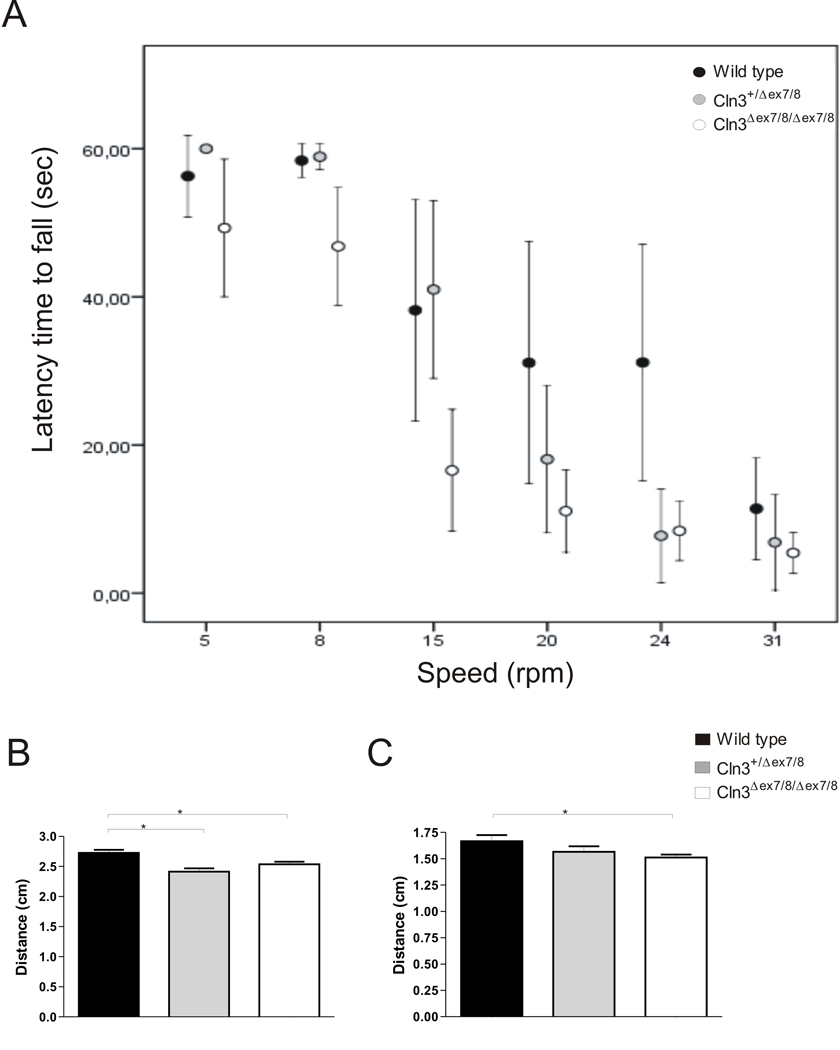Figure 3. Evidence for motor deficits in homozygous and heterozygous Cln3Δex7/8 mice.
(A) When tested in the rotarod homozygous eight weeks-old Cln3Δex7/8 mice have a significantly decreased latency to fall off the rod at the speeds of 15, 20 and 24 r.p.m, while heterozygous Cln3Δex7/8 mice only exhibit decreased latency to fall at the speed of 24 r.p.m. (Wild type, n=11; heterozygous Cln3Δex7/8, n=13; homozygous Cln3Δex7/8, n=17). Mean values are plotted with confidence interval at a 95% level. Ambulatory gait was also analysed and homozygous Cln3Δex7/8 mice have a significantly decreased displacement of (B) hind and (C) fore paws while heterozygous Cln3Δex7/8 animals only present a decrease in (B) hind paws displacement (Wild type, n=9; heterozygous Cln3Δex7/8, n=12; homozygous Cln3Δex7/8, n=15). Mean values are plotted with SEM.

